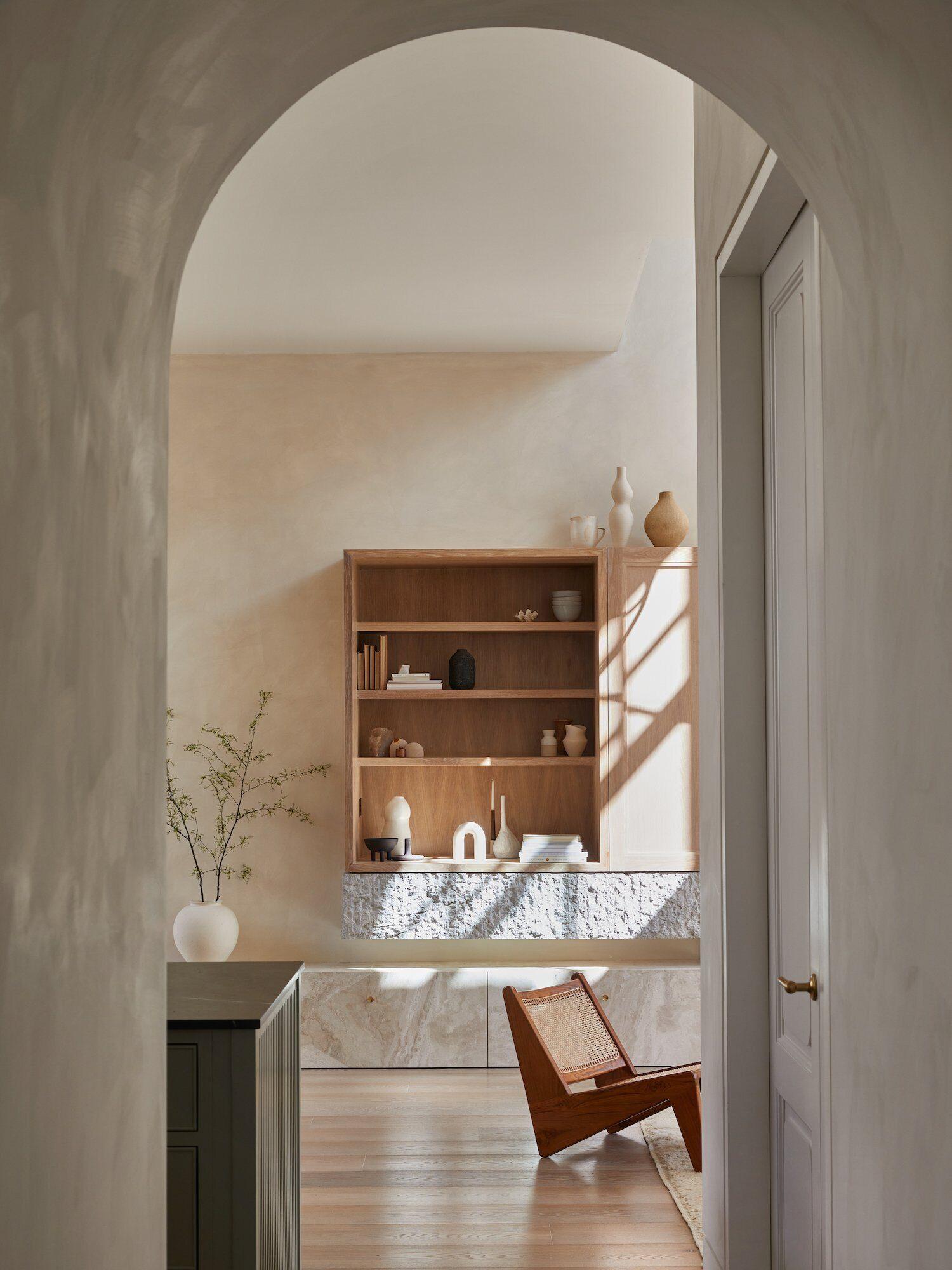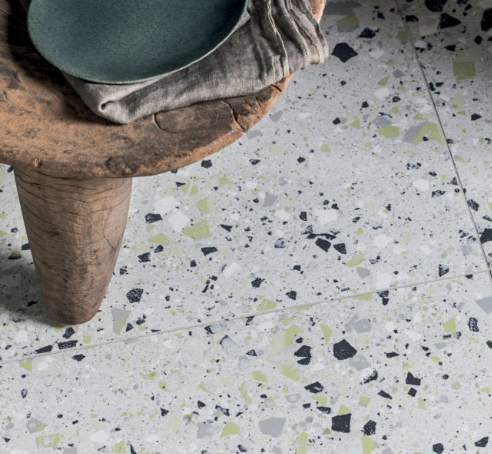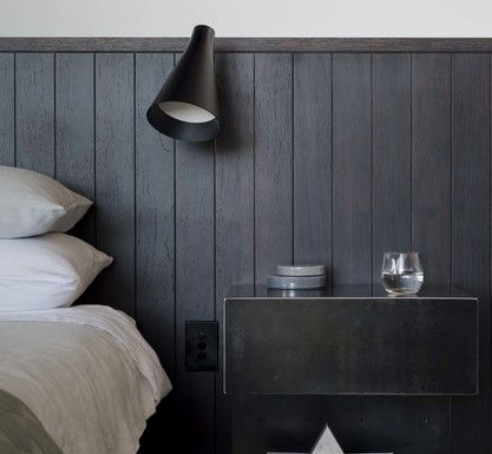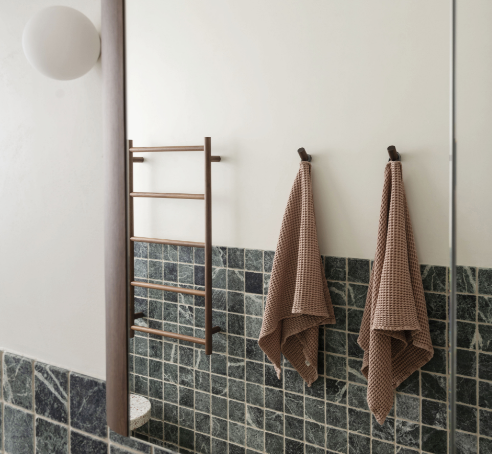
THE DO’S AND DON’TS OF DIY RENOVATING
Let’s face it, right now, the cost to renovate isn’t overly appealing. With expenses rising, the appeal of DIY has never been stronger - doing it yourself saves time, money and means you can avoid the hassle of builder shortages and expensive labour costs. But while it might be tempting to take on every task, some jobs are best left to the professionals. DIY projects can be a great option if you’re trying to save money and don’t mind sacrificing a few (or a lot) of your weekends, but they can also be a huge disaster if you bite off more than you can chew. It’s important to assess your skills honestly and understand the risks of overestimating your ability. Tackling too much can not only lead to poor results, but can also be dangerous. Let’s explore the ‘dos’ and ‘don’ts’ when it comes to DIY home renovations.
THE DO’S

Tiling
Tiling your own bathroom or kitchen can dramatically improve the appearance of these areas that let’s face it…we spend a lot of time in, so it’s only natural we want them to look nice. Tiles offer durability and resistance to moisture that are long-lasting and perfect for adding a luxe feel to these spaces. While tiling may seem intimidating initially, with some preparation and a bit of research, it's a very achievable project that can save you some serious money.
If you’re thinking of tiling, head to Tile Cloud for plenty of tile inspo. They've even got a Style Quiz to help you figure out which tiles will best suit your home’s vibe.
Check out this guide for DIY tiling
Painting
A fresh coat of paint is one of the quickest and most cost-effective ways to refresh a room. It can brighten a dull space, cover visible wear and tear, and give your home a modern, crisp finish. DIY painting is popular because it delivers quick results with minimal risk and expense. With the right tools and materials, even beginners can achieve results that look like it was done by a professional. It’s also the perfect opportunity to play with different colours and finishes without the extra cost of hiring a painter.
Check out this guide for DIY painting
Demolition
When we say demolition, let’s clarify we don’t mean bulldozing your house or knocking out entire walls…we’re talking about ripping out things like old carpets and wallpaper or taking down outdated joinery. These tasks are relatively straightforward but can be messy. It clears the way for fresh, new materials and updates, and may also uncover hidden issues that need addressing.
Check out this guide for DIY wallpaper removal
Check out this guide for DIY carpet removal

Paneling
DIY paneling is having a serious moment and we can see why. Paneling completely transforms the look of any room and can be tailored to suit your home’s vibe, and luckily, it’s pretty simple to DIY. Whether it's a grand period design or a simple tongue and groove, paneling can instantly add character and visual interest, plus it’s super versatile.
Check out this guide for DIY paneling
Cabinets and Shelving
We all love an organised home and everything sitting in it’s rightful place…right? If that sounds appealing, then installing or upgrading shelves and cabinets might be just what you need to give yourself more storage and organisation around your home. While DIY cabinets might require a bit more skill and time to perfect, floating shelves offer a simpler alternative. They are relatively easy to install, and most come with comprehensive installation instructions. All you need to do is choose the right style and size to suit your space.
Check out this guide for DIY cabinet installation

Updating Fixtures
It may surprise you that simple upgrades like switch plates, curtain rods, and doorknobs can make a significant impact on your home’s aesthetic for typically minimal cost. These small enhancements help personalise your space and ensure that every detail of your home reflects your style. It’s also a great starting point for beginners to gain confidence in their DIY skills as these upgrades are usually simple, quick and inexpensive.
If you’re after sleek, modern and stylish hardware, then you’ll want to check out Handle House.
THE DON’TS
Plumbing and Electrical Work
When it comes to plumbing and electrical work, it’s best to get a professional involved. DIY fixes might seem like a good idea now, but they can lead to danger and unexpected costs later on. You might feel confident tackling little things like changing a faucet or a light switch (just be sure to turn off the power first), but leave the more complicated and bigger repairs to the professionals. They will ensure everything's done safely and correctly.
Plastering
Getting your plaster right is key before you even think about decorating. Since plastering is pretty tricky and needs specific skills, it’s usually best to go with a professional that can ensure a flawless base for your interiors.
Structural Works
This one is pretty obvious, but don’t try to make any structural changes yourself. Knocking down walls (especially load-bearing walls), without knowing what you’re doing can be disastrous. Plus, this type of work often requires permits, and failing to manage these properly can lead to legal complications and significant fines. It's best to leave structural renovations to qualified professionals who can ensure everything is done safely and legally.
DIY renovations, if done properly can be a rewarding way to update your home while saving a bit of money. It's important to really know your limits and have a clear sense of what you can handle versus what might be a bit too ambitious. By choosing the right projects and knowing when to call in the experts, you can ensure that your home renovations are successful, safe, and satisfying.